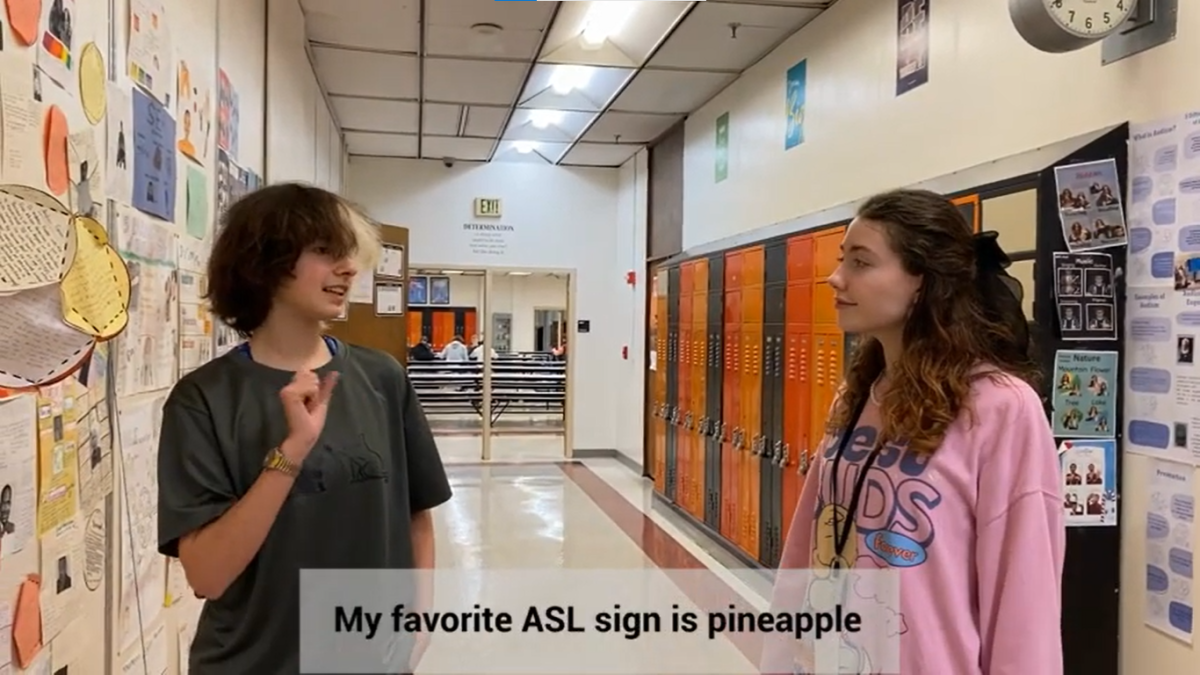By Chelsea Titus
Round Table editor
The classic brown paper lunch bag: a sandwich (with crusts cut off, of course), a little baggie filled with mounds of goldfish, an apple, and an apple juice box. Sounds like an ideal child’s lunch, right? Well, not for Chicago’s Little Village Academy public school for last week the administration banned students from bringing lunch from home, excusing only children with medical permission. Students can either eat the cafeteria food, or, go hungry according to The Chicago Tribune.
“Nutrition wise, it is better for the children to eat at the school,” principal Elsa Carmona told the paper of the years-old policy. “It’s about … the excellent quality food that they are able to serve (in the lunchroom). It’s milk versus a Coke.”
For parents whose kids do not qualify for free or reduced price school lunches, the $2.25 daily cafeteria price can also tally more than a homemade lunch.
Middletown High School senior Kristin Neary brings her lunch to school everyday. “I would choose not to eat the school lunch versus bringing my own lunch from home. I like to choose what I eat, not a pre-assigned lunch that I don’t know the nutrition facts.”
Neary’s lunch consisted of pita bread and hummus, a banana, a little bag of sun chips, and a bottle of water.
Instead of bringing a potentially healthy lunch from home, school lunches want to serve chicken nuggets with tater tots and white milk (because students can’t have soda). This sounds more nutritional than pita bread and hummus. And what about vegetarian children?
About a third of America’s kids are overweight or obese, and since children consume at least 30 percent of their calories while in school, making lunches healthier is seen as one way to counter that problem.
Poorer kids are also more likely to be obese or overweight than middle class kids, and to consume a bigger proportion of their calories while at school. Forty-four percent of American kids living below the poverty line are obese or overweight, according to a 2010 study published in Health Affairs.
According to fcps.org, Frederick County Public Schools claims of aligned nutrition goals for Recommended Dietary Allowances with a fourth provided for breakfast and a third provided for lunch.
FCPS declares that its school lunches are “calorically age-appropriate and offer balanced nutrient content within the Dietary Guidelines for Americans” and are “nutritious and tasty, offering less fat, sodium and sugar.”
Yet, when searching the FCPS website, no information was given on nutrition facts included in school lunches. There weren’t any calorie facts, daily fats, cholesterol, sugar, fiber, etc.
Then again, kids are kids. Why worry about their health?





